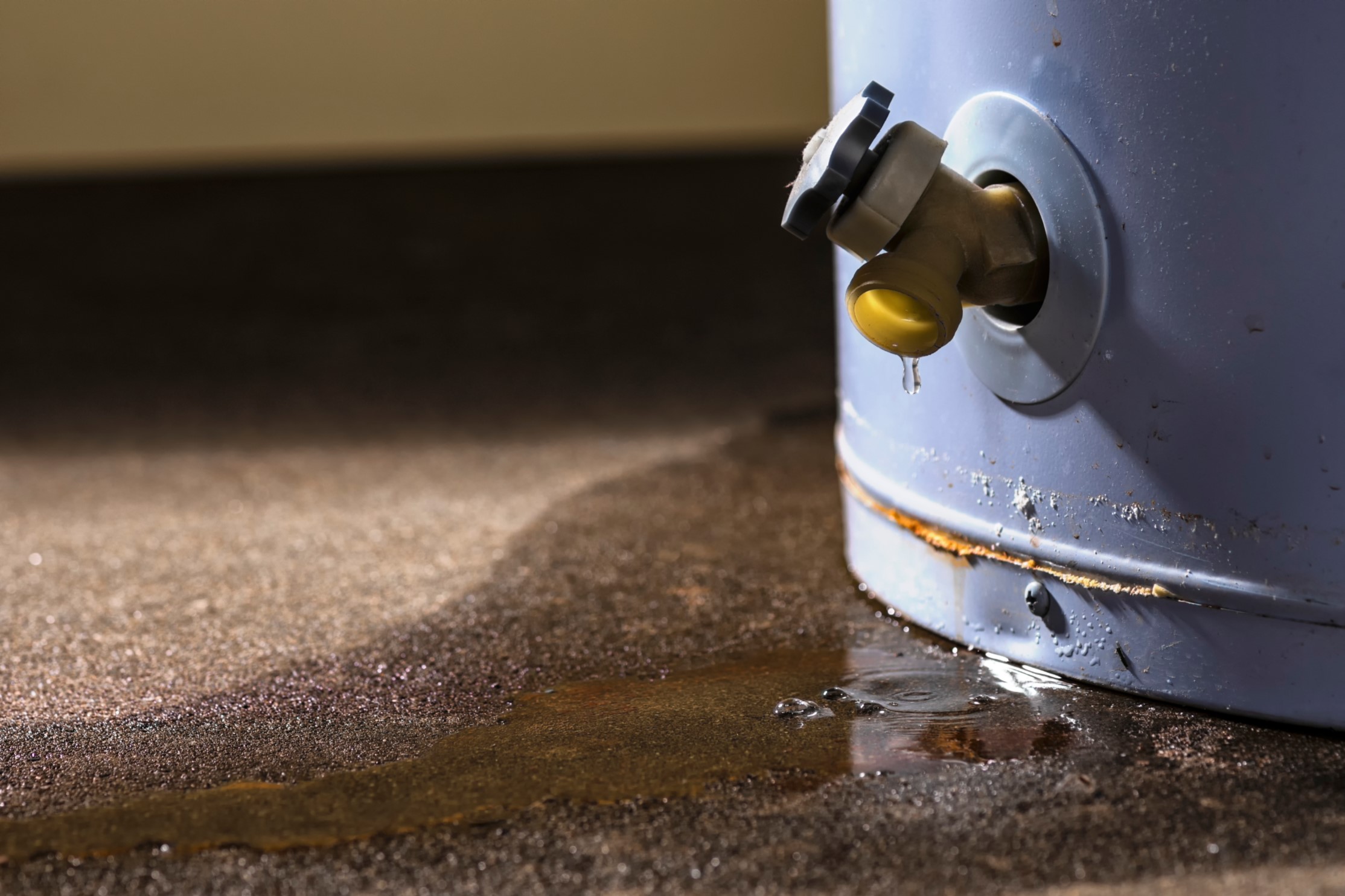What're your opinions about How to Maintain Your Water Heater & Prolong its Life?

Warm water is vital for daily convenience, whether it's for a refreshing shower or cleaning dishes. To guarantee your warm water system runs efficiently and lasts much longer, regular upkeep is key. This post offers sensible ideas and insights on exactly how to maintain your home's hot water system to stay clear of disruptions and pricey repair services.
Intro
Preserving your home's warm water system might seem complicated, but with a few basic steps, you can guarantee it operates efficiently for several years ahead. This overview covers whatever from understanding your warm water system to DIY upkeep suggestions and knowing when to hire professional aid.
Importance of Keeping Your Warm Water System
Regular maintenance not only prolongs the lifespan of your warm water system yet additionally ensures it operates successfully. Overlooking maintenance can cause lowered efficiency, higher power expenses, and even premature failure of the system.
Signs Your Hot Water System Requirements Upkeep
Recognizing when your hot water system requires attention can avoid significant concerns. Keep an eye out for signs such as irregular water temperature level, weird noises from the heating unit, or corroded water.
Understanding Your Hot Water System
Before diving right into maintenance jobs, it's valuable to recognize the fundamental parts of your hot water system. Normally, this includes the hot water heater itself, pipes, anode rods, and temperature level controls.
Monthly Maintenance Tasks
Routine month-to-month checks can help catch minor problems prior to they intensify.
Flushing the Water Heater
Flushing your water heater removes sediment buildup, enhancing effectiveness and extending its life.
Monitoring and Changing Anode Rods
Anode poles prevent corrosion inside the tank. Checking and changing them when broken is crucial.
Examining and Adjusting Temperature Setups
Changing the temperature settings makes certain ideal performance and safety.
DIY Tips for Maintenance
You can do numerous upkeep jobs yourself to maintain your hot water system in leading problem.
Looking for Leaks
Routinely check pipelines and links for leakages, as these can result in water damages and higher expenses.
Examining Stress Relief Valves
Examining the stress relief valve ensures it works appropriately and avoids extreme stress build-up.
Protecting Pipelines
Protecting warm water pipelines minimizes warm loss and can save power.
When to Call a Professional
While do it yourself maintenance is useful, some problems require specialist expertise.
Complicated Concerns Requiring Specialist Help
Instances consist of significant leaks, electrical troubles, or if your hot water heater is constantly underperforming.
Regular Expert Maintenance Benefits
Expert upkeep can consist of thorough inspections, tune-ups, and making certain compliance with security criteria.
Conclusion
Routine upkeep of your home's warm water system is crucial for effectiveness, long life, and price financial savings. By adhering to these ideas and understanding when to seek expert aid, you can ensure a trustworthy supply of hot water without unanticipated disruptions.
How to Maintain an Instant Hot Water Heater
Before tinkering with your hot water heater, make sure that it’s not powered on. You also have to turn off the main circuit breaker and shut off the main gas line to prevent accidents. Also turn off the water valves connected to your unit to prevent water from flowing into and out of the appliance. 2. When you’re done, you have to detach the purge valves’ caps. These look like the letter “T” and are situated on either side of the water valves. Doing so will release any pressure that has accumulated inside the valves while at the same time avoid hot water from shooting out and burning your skin. 3. When the purge valves’ caps are removed, you have to connect your hosing lines to the valves. Your unit should have come with three hoses but if it didn’t, you can purchase these things from any hardware or home repair shops. You can also get them from retail stores that sell water heating systems. Read the user’s manual and follow it to complete this task properly. When the hosing lines are connected, open the purge port’s valves. 4. You should never use harsh chemical cleaners or solutions when cleaning your unit. Make use of white vinegar instead. It should be undiluted and you’ll probably use about 2 gallons. 5. Now flush your water heater. This task should probably take about 40 minutes. We can’t give you specific directions for this because the procedure is carried out depending on the type, model and brand of your heater. With that being said, refer to the user’s manual. 6. When you’re done draining the unit, you have to turn off the purge port valves again. Remove the hosing lines that you earlier installed on each of the water valves. Put the valve caps (purge port) back in their respective places and be very careful so as not to damage the rubber discs that are found inside these caps. 7. Now that everything’s back in place, check your user’s manual again to find out how to reactivate your water heating system. 8. Once it is working, turn one of your hot water faucets on just to let air pass through the heater’s water supply pipes. Leave the tap on until water flows smoothly out of it. https://www.orrplumbing.com/blog/2014/september/how-to-maintain-an-instant-hot-water-heater/

I stumbled upon that article about Tips For Maintaining Your Hot Water Heater while doing a lookup on the web. Enjoyed our write up? Please quickly share it. Help another person locate it. I enjoy your readership.
Click Here